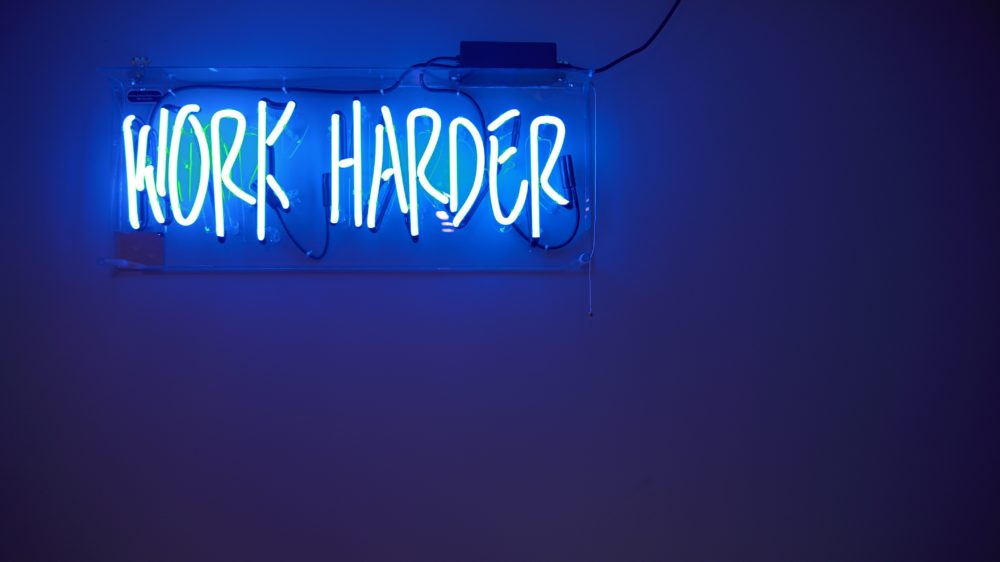
5 Training Mistakes to Avoid
So, you’ve read all the top tips on training, but do you know what you should NOT do?
Here are five common mistakes to avoid when training.
MISTAKE #1: TRAINING WITHOUT DATA
It’s a great thing to be in tune with your body, and to train solely based on feel. However, when we’re looking at specific distance, using data can only help us hit our goals.
To start, we want to have a clear sense of how realistic it is to hit our target goal. To do this, having a benchmark test of the distance desired completed 6-8 weeks before your race will give you a benchmark and the most reliable information to set your race-day goals. Second, we want to make sure all of our sessions have a purpose, and data helps tremendously with this. By measuring heart rate and/or pace, you can keep yourself honest and avoid the dreaded plateau.
Often, athletes who are training regularly get comfortable on a particular pace. This doesn’t help athletes improve – in fact, repeating the same patterns over and over again often impedes improvement. Some days, you’ll be training faster than race pace, getting that heart rate up for short amounts of time, teaching your body how to turn over quickly. Other days, when you’re recovering, force yourself to row much slower than race pace so that your body can truly recover.
Lastly, use that data to help with your recovery. The numbers will show you how hard you’ve been training, reminding you to add in a recovery day. If you want to get more specific, use the data to track something like your resting heart rate, so you can see how well your body is adapting to your training plan.
MISTAKE #2: NOT FOLLOWING A PROPER TRAINING PLAN
When figuring out how to train for any traditional distance, a lot of training plans will be based solely on mileage. Unless your goal is anything from a marathon row to some of the ultra endurance distances you need to ensure you are working elements that are.
crucial to increase speed and decrease the likelihood of injuries. Our Strength and Rowing plan is specifically developed with this in mind and will not only help you hit your goals on the erg but will also make you a better all round athlete.
MISTAKE #3: IGNORING THAT WEIRD PAIN
Aches and pains are part of the process, but when you get that weird pain that doesn’t go away, it’s time to seek some professional advice and not just ignore it.
Ignoring the pain from the beginning is simply building bad habits but, more importantly, if you ignore the pain for too long, you wind up with a much longer recovery window than you would have needed in the first place. It can be very stressful if this happens close to race day.
A GOOD RULE OF THUMB:
Normal, happy, healthy tissue should feel pressure but no pain.
If you feel any pain at all, modify your training for anything from at least the next few days to the following 6 to 10 weeks. Focus on increasing the mobility and rolling out of surrounding muscles, and bump up the strength work.
In general, get in the habit of doing mobility work weekly, if not daily. Cover all of your bases weekly, and hit those problem areas daily.
MISTAKE #4: OVERWORKING THE STROKE RATES
Stroke rate is not a mythical science, and in reality is something that is specific to the distance and intensity you are training for. Once you grasp this concept and start to understand the relationship between rate and distance, it becomes second nature to start working out hard. Your sessions should be in accordance with the rate you are looking to use.
In principle, the idea is that if you are able to use the same technique on each and every stroke, then using a higher stroke rate should give a faster performance. They key here is maintaining the same technique and putting the same power down each and every stroke. If you let that power drop but still maintain a higher stroke rate, essentially what is happening is you are overworking each the rate.
In the rowing world you’ll often hear the phrase ‘go slow to get fast.’ Most commonly, this implies the idea that you work on the low end stroke rates first and control the power put down on these before you start thrashing away at the higher rates.
MISTAKE #5: FOMO (Fear Of Missing Out).
Many of us have fallen into the trap of “Insta stalking,” where we like to look at other people’s training and try to work it into our own training. Doing this can create some serious “FOMO” (fear of missing out), but you need to stick to your training plan at the end of the day.
On the other hand, if you need to cut back your mileage because of an injury or pain somewhere, it’s okay. Remember, we’re after the right amount of training for you.
And keep in mind that recovery is just as important as the training. Whether you’re injured or not, you always want to ensure that you are pushing yourself hard enough, but that you’re not over-exerting yourself. Overdoing it with the training repeatedly can cause sickness and injury, which can set you back much more than just scaling back a workout.
There you have it! The top 5 mistakes made by most (if not all of us) at some point.
If you liked this post, don’t forget to share so that others can find it, too.
Yours in fitness, education and training.
Coach John.
Photo by Free To Use Sounds on Unsplash
No products in the cart.


